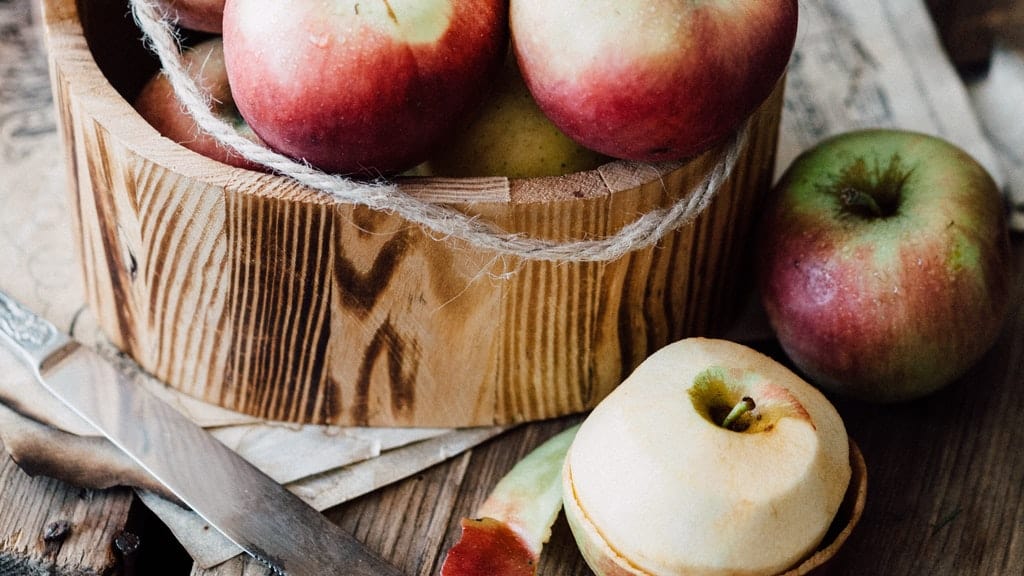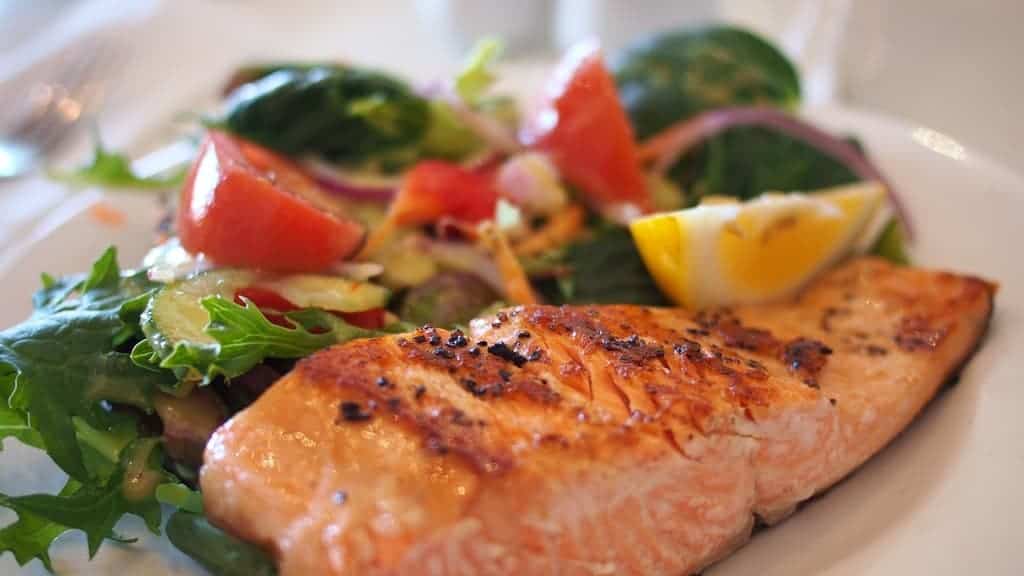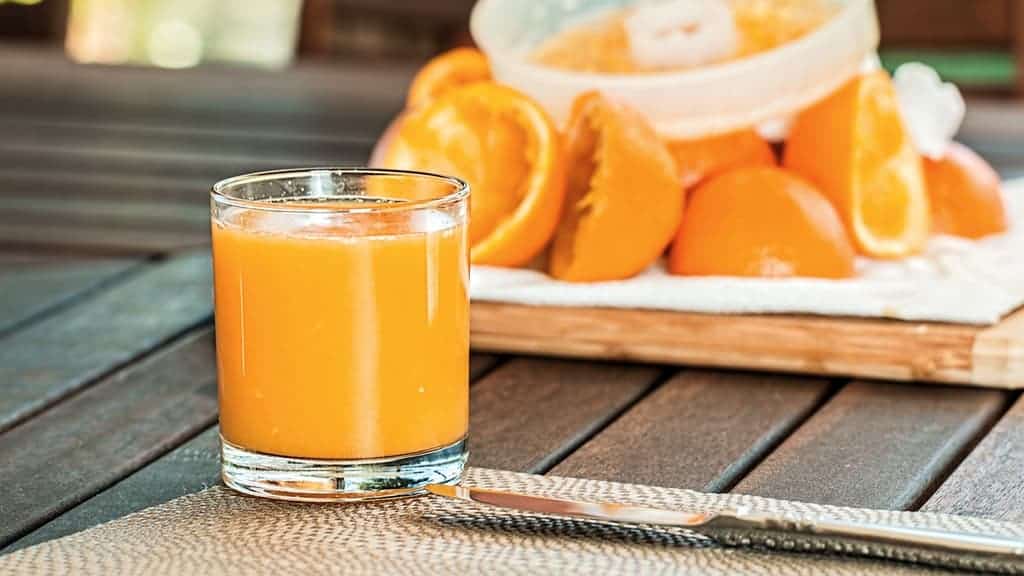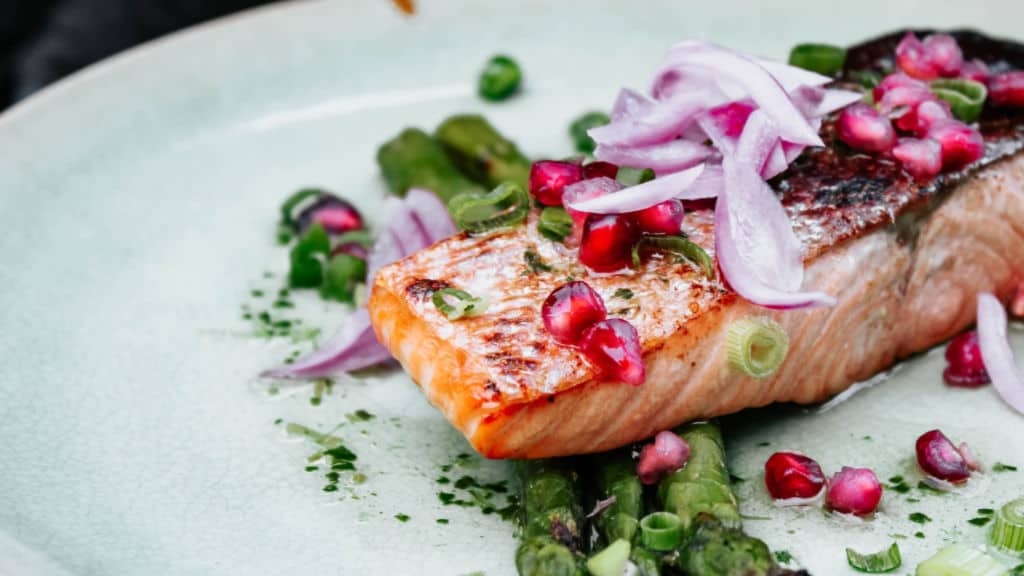Is your day so hectic that you often find yourself forgetting to drink water? If so, you are like most of us. Recent research has shown that about 80 percent of Americans do not drink enough water each day.
Doctors recommend that the average person drink the following each day:
- 2200 ml for women (roughly 74 fluid ounces)
- 3000 ml for men (about 101 fluid ounces)
This may vary depending on body size, activity level, and weather. The larger the person, the more you exercise, and the warmer the weather the more you should drink each day. As you can see, men should also intake slightly more than women on average.
Here are some tips to help ensure that you stay hydrated, no matter how chaotic your day may be.
15 Methods to Amp Up Your Water Intake
#1. Use A Straw
#2. Use Custom Water Bottles
Carrying a bottle with you wherever you go is a great reminder that you need to hydrate your body. But often we do not keep track of how much we have drunk. You can use customized bottles that label how much water you should drink each hour. For example, instead of listing the ounces that you have in the bottle, some bottles label the measurements in time, like 8 am, 9 am, etc. This helps ensure that you are hydrating your body each hour, reminds you when to fill up your water, and overall helps you meet the minimum requirement of water.
#3. Try Flavored Water
If you do not like the taste of plain water you can try some of the many flavored varieties. In fact, you will find a vast supply of flavors on the market. Drinking flavored water is better than not drinking any water.
#4. Find A Water Buddy
One of the best ways to remember to drink water is if you have another person encouraging you to do so. Find a friend at work to help remind you to drink water. Together you can encourage one another to lead a healthier lifestyle, one drink at a time.
#5. Drink After Using The Bathroom
While you are already up and moving around to use the bathroom you should drink a glass of water. Using specific times, like bathroom breaks, can help remind you to drink water.
While it may be difficult to drink an entire cup of water after a bathroom break you should at least finish the 8-ounce cup of water before using the bathroom again.
Assuming that you use the bathroom eight times a day, from morning to night, and you drink a cup of water each time you go to the bathroom, you can drink all eight 8 ounce cups during the day using this trick.
A bathroom break serves as a simple reminder to drink water. The longer you use this trick the more naturally you will remember to do this. Before long you will not even have to think about drinking water and you will be doing it.
#6. Drink Water Before You Eat
#7. Set Alarms To Drink Water
#8 Eat Water-Based Foods For Hydration
#9. Use A Water Filter
#10. Check The Temperature Of Your Water
If you find it difficult to drink water it may be because you have not found the ideal temperature to drink it at. Some people prefer their water room temperature while others like to have iced water. Sip some water at both temperatures and decide which one you like more.
If you find that you like colder temperatures better, you should get a water bottle that keeps your drink cold for hours. This could help you drink more water.
#11. Exercise More
The more you exercise, the more water your body will need and the more water you will naturally crave. If you are already struggling to drink the minimum water requirement, it may sound crazy to say that you should exercise more and drink an additional two or more glasses of water for each hour that you exercise.
This is not crazy at all, because you will want to drink more water after exercising and this will come naturally to your body and your mind. Researchers have found that the average person loses between 17 to 50 ounces of water for each hour of exercise. Therefore, you should be drinking about 2 or more 8-ounce glasses of water before, during, or after exercise to replenish your lost fluids.
There are tremendous benefits to remaining hydrated while you exercise. Drinking water helps improve your athletic ability, increases your critical thinking skills, delivers nutrients to your body more efficiently, reduces the amount of effort on your heart, along with many other things. It is crucial that you do not get dehydrated when you are exercising.
#12. Use A Water Tracking App
#13. Drink Rose Water
#14. Initiate A Water Filling Station At Work
#15. Carry A Reusable Water Bottle
Final Thoughts: Use These Ways to Drink More Water
There are some great tricks to help ensure that you stay hydrated throughout the day. No matter who you are or what you have planned for your busy day these tricks can help ensure that you get enough water. These tips and tricks do not require you to do anything differently during your day. They only serve as a reminder for when and how you can boost your intake.
Drinking at least eight cups of H2O each and every day can help improve your overall health, help you lose weight, increase your athletic ability, and improve your mindset. While we all need a minimum of 64 ounces of water each day, with a healthy diet we can get about 20 percent of our water from foods.
While there are endless benefits to drinking water, many of us still do not get as much as we need. If you find yourself thirsty throughout the day try using one or two of these tricks to get you started down the right path of staying hydrated and feeling healthy.

















